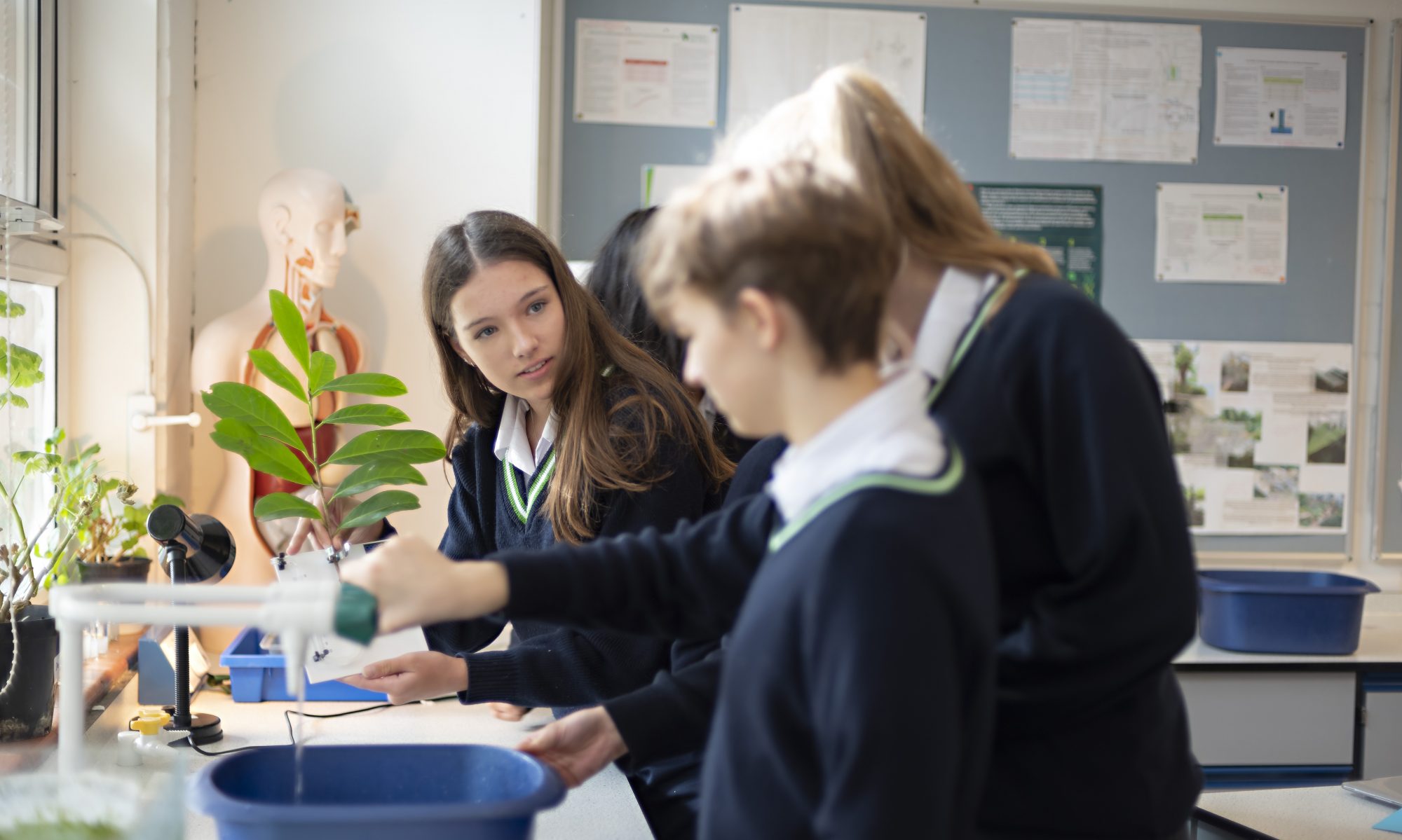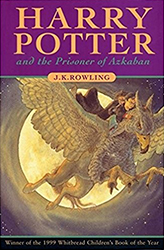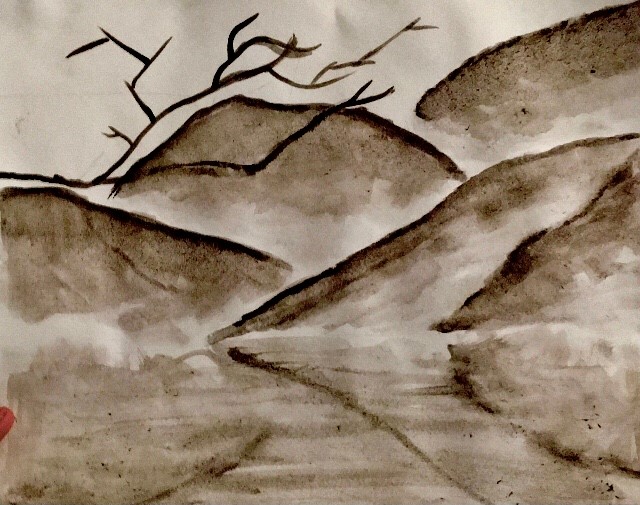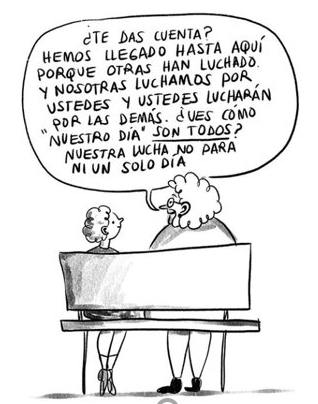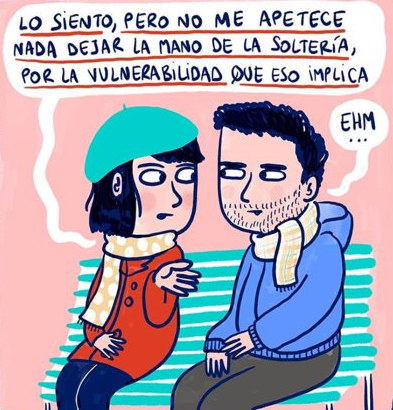Alice (Year 12) explores the similarities between languages (specifically German) and Maths. She explores its parity with grammar and syntax, as well the process of learning both subjects.
Mathematics and language are not as different as we might imagine them to be. Even maths is its own peculiar language (or notation if you prefer) which includes symbols unique to mathematics, such as the ‘=’ or ‘+’ symbol. Galileo Galilei called maths “the language in which God has written the universe” implying that by learning this language, you are opening yourself up to the core mechanisms by which the cosmos operates. Much like travelling to a new land and picking up the native language so you may begin to learn from them and about their culture.
Generally, there are multiple accepted definitions of ‘language’. A language may be a system of words or codes used within discipline or refer to a system of communication using symbols or sounds. Linguist Noam Chomsky defined language as a set of sentences constructed using a finite set of elements. Some linguists believe language should be able to represent events and abstract concepts. Whichever definition is used, a language contains the following components:
- A vocabulary of words or symbols and meaning attached to these.
- Grammar, or a set of rules that outline how vocabulary is used.
- Syntax, the organisation of these words or symbols into linear structures.
- And there must be (or have been) a group of people who use and or understand these words or symbols.
Mathematics meets all of these requirements. The symbols, their meanings, syntax, and grammar are the same throughout the world and mathematicians, scientists, and other professions use maths to communicate concepts.
So, by this definition, maths meets the definition of a language. And linguists who don’t consider maths a language, cite its use as a written rather than spoken form of communication. However, sign language would also be disqualified based on this criterion, and most linguists accept sign language as a true language. So, in essence, maths is a universal language.
But the likening of Maths and German goes even further. More broadly, German is a logical and very mathematical language, the syntax is fairly rigid, and the sentences are consistently structured. Its logicality can clearly be seen through many aspects of the language, one example being compound nouns: joining a number of nouns together to create a new word. Some of my favourite shorter ones include:
| der Handschuh | Hand + Schuh | Hand + shoe | Glove |
| eine Glühbirne | Glüh[en] + Birne | Glow + pear | Lightbulb |
| ein Wolkenkratzer | Wolke[n] + Kratzer | Cloud + scratcher | Skyscraper |
| Die Schlagzeuge | Schlag + Zeug[e] | Hit + things | Drums |
| Der Staubsauger | Staub + Sauger | Dust + sucker | Vacuum |
| Die Nacktschnecke | Nackt + Schnecke | Naked + snail | Slug |
Compound words are often made up of more than one noun and become excessively long. Mark Twain said in an essay ‘The Awful German Language’ (1880) from ‘A Tramp Abroad’, they are not words, but “alphabetic processions… marching majestically across the page”. They capture precise and complex meanings and are a cause of irritation for novices and an excitement for those who manage to master the language. At least for me, feelings of irritation were very much present whilst I was (attempting) to learn maths.
German sentence structure is also very logical. There is a strict rule that the words must appear in the order of: Time, Manner, Place.
To say, “we went to Germany with us last year” in German, it would be “Sie sind letztes Jahr mit uns nach Deutschland gefahren”, which would translate literally to “we went last year with each other to Germany”.
Time: letztes Jahr – last year
Manner: mit uns – with each other (with us)
Place: nach Deutschland – to Germany
In a sentence with only one verb, the verb must be in the second position. So, when an extra phrase or word is added to the front of the sentence, the verb still has to go second. ‘Ich nehme den Bus‘ turns into ‘Meistens nehme ich den Bus‘ (respectively ‘I take the bus’ and ‘mostly I take the bus’) and if another verb is added, the second verb gets sent to the end : “Meistens mag ich den Bus nehmen.” (which means: mostly I like to take the bus)
In this way, speaking German, and piecing together the sentences is like solving mini equations on the spot. It involves pattern recognition and an attention to detail that one would also find in mathematicians.
Maths is precise, black and white, logical and direct. And Germans are almost stereotypically seen that way. In fact, one unit of the German A Level is called ‘Deutscher Fleiß’ (German diligence or hardwork). According to an exchange student working in Germany “Der Stereotyp lautet, dass Deutsche Arbeiter keine Freude an ihre Arbeit nehmen, anstatt erledigen sie ihre Aufgaben mit klinischer Effizienz. Der Befragter bestätigt, dass es an dieser Idee etwas Wahrheit gibt. Arbeiter haben klare Zielen und ein genauer Tagesplan und Struktur. Also gibt es die Möglichkeit, ihre Arbeit an Feiertagen hinter sich lassen zu können.” Meaning…
“The stereotype is that German workers do not enjoy their work, and instead do their jobs with a clinical efficiency. This interviewee confirms that there is some truth to this idea. Workers have clear goals and a precise daily plan and structure. So, there is the possibility to leave your work behind on holidays.” And though these are not direct comparisons, these connotations of accuracy and precision are certainly significant. To further this, in English, when I talk to people, I often find myself using fillers such as: “I feel like… you know… if it’s not too much trouble… possibly… we could do that”. But whilst in there it makes me sound waffly and unsure of myself, in German it rapidly affects the sentence structure and means it is difficult to know where to put the verbs. So almost by force of circumstance, when I speak German, I am more accurate in my language, something that mathematicians must be, in order to obtain the correct answer.
More generically speaking, Maths and German can be equally frustrating. In Mark Twain’s essay “die schreckliche Deutsche Sprache” (The Awful German Language), he recounts speaking to the keeper of Heidelberg Castle who comments on the “uniqueness” of his German tongue and is interested in adding it to his “museum”. To which Mark Twain responds, “If he had known what it had cost me to acquire my art, he would also have known that it would break any collector to buy it”, implying his language skill and proficiency had been accomplished under great difficulty and annoyance. His exasperation about learning the language is further evident where he proclaims, “a person who has not studied German can form no idea of what a perplexing language it is”. He maintains that there is no other language that is “so slipshod and systemless, and so slippery and elusive to the grasp”. In this way, maths can cause similar problems. Both subjects require you to apply prior knowledge and skills to situations you have not seen before in order to solve problems, and although these problems may be different in topic, the skills and situation are not dissimilar. And in learning either of these languages, you are indeed opening yourself up to new lands (both figuratively and literally), and thus to a universe of new knowledge.
